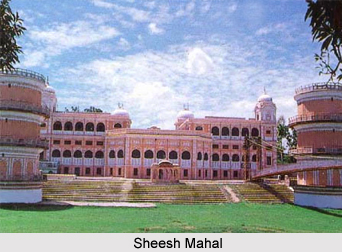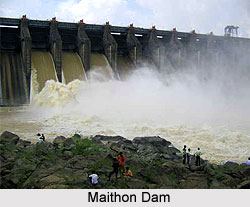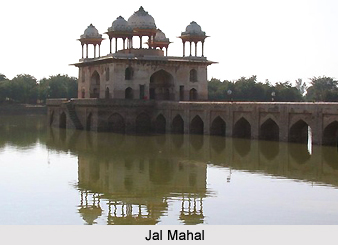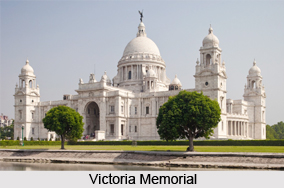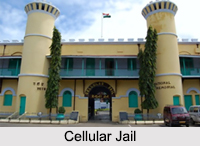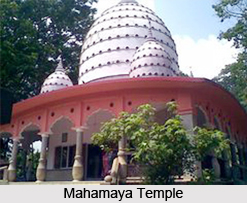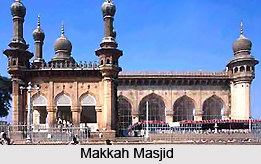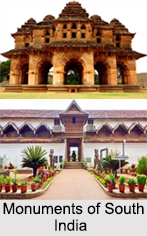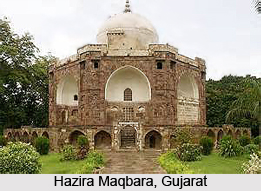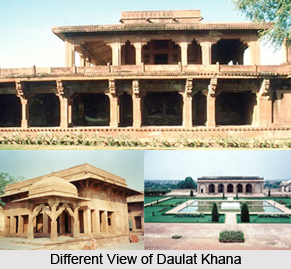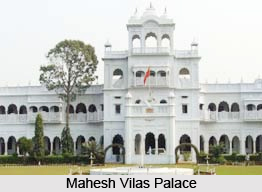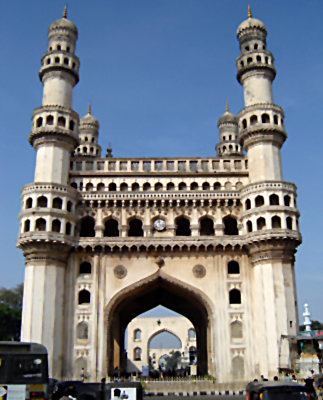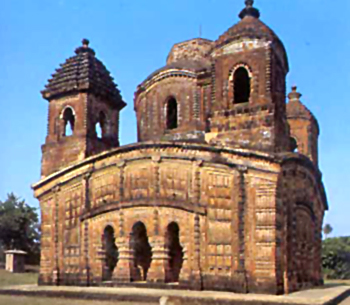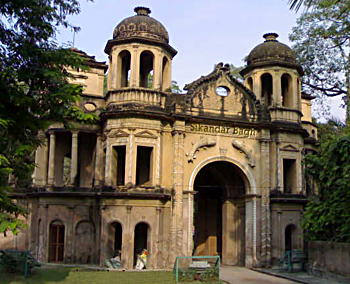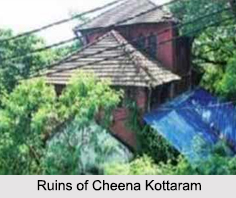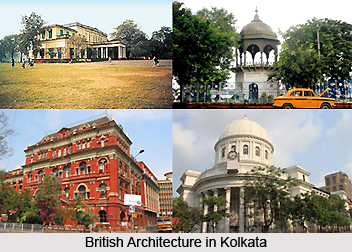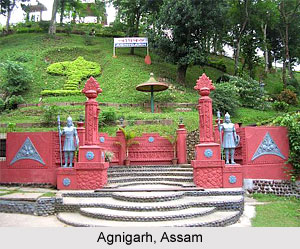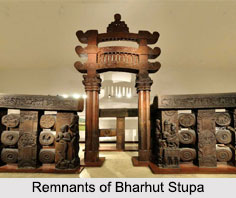 Diwan Khana-i-Khass at Fatehpur Sikri is a two-chambered pavilion to the far left of the imperial complex. It is the place where the emperor met with his closest advisors. The eastern room was once richly painted and the faintest outlines of floral designs still remain. The lower walls of the rooms were hollow, with sliding stone slabs closing the.
Diwan Khana-i-Khass at Fatehpur Sikri is a two-chambered pavilion to the far left of the imperial complex. It is the place where the emperor met with his closest advisors. The eastern room was once richly painted and the faintest outlines of floral designs still remain. The lower walls of the rooms were hollow, with sliding stone slabs closing the.
A large room behind this chamber, 12 metres by 8 metres, contained a platform against the southern wall, with a window above it. Father Monserrate records that carpets and cushions were laid upon the platform, reminding him of `a couch covered with scarlet rugs`. The emperor used to reach this platform by means of wooden or marble steps, which could be slid beneath the platform.
To the east of the room is a small bathroom, with water that flowed through conduit pipes fitted in channels under the floor. In the west wall there was a doorway leading to the courtyard in front of the Records Office, which was used by clerks of the Record Office as well as the translators of the Maktab Khana, while they waited upon the emperor.
The window on the southern wall of the larger chamber, looking on to the courtyard quadrangle, was the opening from where the emperor showed himself to his subjects every day. Some of his subjects would eat nothing until they had seen his face. The practice, popularised by Akbar, was known as jharokha-darshan.
The beautiful chamber on the first floor of the Diwan Khana-i-Khass was the emperor`s private room, popularly known as Khwabgah or sleeping chamber.
This article is a stub. You can enrich by adding more information to it. Send your Write Up to content@indianetzone.com
